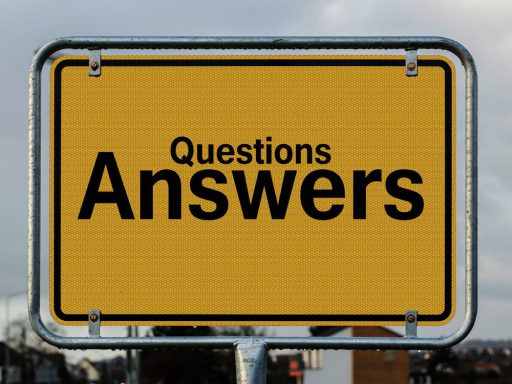SMEs have been promised £1 in 3£ of the government’s procurement budget by 2020, but it seems as though it is not exactly planning out that way.
Governmental services seem to be attempting to go with the tide and expand their digital services in order to digitalise citizens transactions as much as possible. Today we are able to do so many things online, saving us time, money, resources, and so much more. In just a few clicks we can do money transfers, school applications, ordering new passports, drivers license, learning new languages…to mention only a few of the vast options we have today. As for citizens transactions we could be doing things online, such as renewing car taxes, filing income tax self-assessments, obtaining licenses and permits, paying taxes and more.
Citizens transactions are more and more digitalised and it only makes sense to do so. The transformation the government needs to go through, costs a huge amount of money, which it seems to be willing to spend. The question now is, where is this money spent? Where does the government get its resources from?
Chris Middleton, co-editor of Unified Communications Insight, and founder and editor in chief of the Strategist Magazine, writes:
So the tide seems to be turning against SMEs within the public sector: a cause for serious concern post-Brexit, when the UK will have no choice but to nurture its home-grown talent. Reversing that trend will demand real leadership, but the government may feel it has more important things to do.
What we would like to see is that the project to facilitate digital transformation would at the same time support SMEs and their possibilities to grow and give their valuable contribution to our economy. But despite the plan to allocate the said amount of government spendings to small and medium sized businesses, the public sector seems to prefer to turn to enterprise giants.
Akoni helps businesses make the most of their cash. Register free at AkoniHub.com and follow us on Twitter






